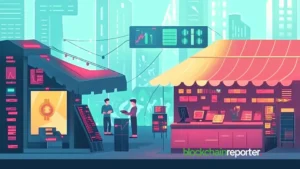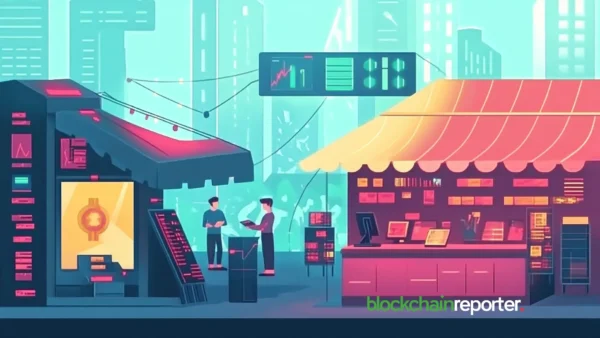
Bitcoin’s derivatives market is indicating a likely sentiment shift. As per Glassnode, the key indicators raise the speculation of a potential downturn in perpetual market of Bitcoin ($BTC), suggesting mounting bearish pressure. The on-chain analytics platform disclosed the current decline in the market in a recent X post.
Bitcoin’s Declining Long-Side Funding Underscores Persistent Negative Sentiment
Based on the latest market data, Bitcoin dipped to $93,000, triggering a sheer decrease in its long-side funding. Glassnode asserts that the long-side premium declined to a per-hour average of -$158,000. This highlights that the traders are currently recompensing a premium for the maintenance of their short positions. In addition to this, the 7-day moving average of Bitcoin in funding rates has also plunged by $181,000. As a result of this, the respective dip points toward a continued negative sentiment.
This trend represents a striking similarity to the market behavior during April last year, after the all-time high of Bitcoin. At that time, the funding of perpetual futures turned negative. This resulted in a shift from comparatively aggressive market behavior to a scenario where market was dominated by reluctant profit-taking and positioning. The post-ATH correction of April last year experienced a phase of decreased speculative interest. Hence, the funding rates slumped while traders reevaluated risk. An analogous pattern is potentially emerging at present amid the growing downward pressure in the case of funding.
Investors and Traders Need to Operate Cautiously Amid Uncertainty
Though the present data indicates a bearish sentiment, the occurrence of an extended downturn or a provisional consolidation before an upward trajectory remains uncertain. Crypto enthusiasts are continuously monitoring the open interest, funding rates, and the wider macroeconomic conditions to anticipate the likely next move. Nonetheless, the investors and traders should exercise caution while dealing keeping in view the possible increase in volatility in the near term.








